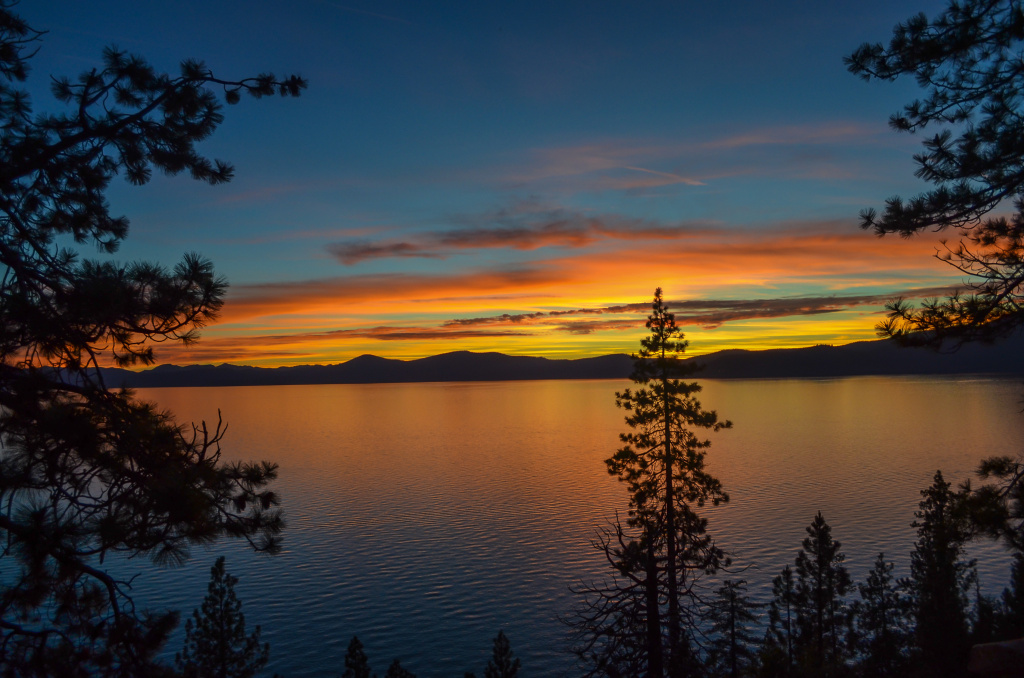Not every country in the world boasts plentiful oceanfront coastline. But you need not dive exclusively in salt water; freshwater diving can offer experiences that you won’t typically find the ocean. And as a bonus, there’s no need to rinse your gear afterwards. Here are our picks for the world’s top 10 freshwater dive sites.
1. Silfra, Þingvellir National Park, Iceland
Arguably one of the best dive sites in the world, Silfra Lake is located in Þingvellir (pronounced “thingvellir,” but with a more lisping th-sound), a national park about an hour outside Reykjavik. Silfra itself is a rift lake, part of the larger Þingvellirvatn, the largest lake in Iceland. Iceland rests on two different continents, with a tectonic rift cutting through the island diagonally from northeast to southwest, tearing the country apart. This phenomenon has created rifts, which have then filled up with spring water, creating unique dive sites. Visibility in Silfra is beyond 300 feet, and the water is clean enough to drink. It is also cold, hovering at a crisp 37 to 38 degrees Fahrenheit year-round, so bring or rent a drysuit.
2. Cenotes, Mexico
A network of freshwater caves on Mexico’s Yucatan Peninsula has created some of the most amazing and accessible cave diving in the world. A great number of the caves have large air pockets, and many open up to the surface, making these great dives for the beginner cave diver.
3. Sameranger Lake, Austria
A meadow in winter and summer, a lake in the spring, Samerangersee (Sameranger Lake) in Tyrol, Austria, floods annually as the snow on the surrounding mountains melts and rushes into the valleys below. At the peak of the flooding, the lake’s clear waters can be as deep as 33 feet, and feature unique sights such as submerged park benches and walking paths, as land becomes sea.
4. Capo D’Acqua, Abruzzo, Italy
The remnants of two old mills sit at the bottom of this lake, with an old paint factory partly submerged. All three buildings date back to the Middle Ages. The lake sits on a private property near Abruzzo, so permits are necessary, but these can obtained at the nearby dive center.
5. Piccaninnie Ponds, Australia
Located in Southern Australia’s Mount Gambier area, here you’ll find a number of ponds of varying sizes that offer excellent freshwater diving. Piccaninnie Pond is one the largest, offering up to 260 feet of depth and crystal-clear waters, with visibility of more than 100 feet.
6. Shi Cheng, China
Qiandao Lake, Chinese for Thousand Island Lake, is a large manmade reservoir in western China. Created when the Xin’an River Dam was built in 1959, it flooded an entire valley, including Shi Cheng, or Lion City, at the foot of Lion Mountain. This ancient city, dating back to the Eastern Han Dynasty (25-200 AD), now sits 80 to 130 feet below the surface, undisturbed. The water of the lake is used to make a Chinese brand of bottled water, so it is quite clean and drinkable. It is diveable, and although scuba diving in China is very new, dive centers in Shanghai arrange trips to Si Cheng.
7. Molnár János, Budapest, Hungary
A city break and a cave dive on the same day? Why not? In Budapest, capital of Hungary, you can access a vast and complex network of tunnels beneath the city, flooded by the warm springs that feed the city’s many famous spas. Start your day with guided cave dives in the 68 degree Fahrenheit water, and celebrate your dive at one of the city’s legendary bakeries afterward.
8. Lake Tahoe, Nevada and California, United States
Lake Tahoe offers more than skiing and hiking. Dip beneath the surface, and you’ll find up to 100 feet of visibility in some places, with all the beauty of the forested Lake Tahoe area awaiting when you surface.
9. Crystal River, Florida, United States
Crystal River in Citrus County, Florida, is famous for its large population of manatees, who gather here by the dozens from November through March for the relatively warm waters of the springs. Snorkeling tours are arranged from Crystal River.
10. Lake Vänern, Sweden
Lake Vänern, in western Sweden, is one of the country’s largest lakes, and because of its cool waters and low water flow, it preserves wrecks impressively well. The lake has seen ship transport of people and goods for hundreds of years, so there’s plenty of impressive wreck diving. The condition of some of these, in particular the wooden steamer Slattenskar, is incomparable to almost anywhere else in the world.


